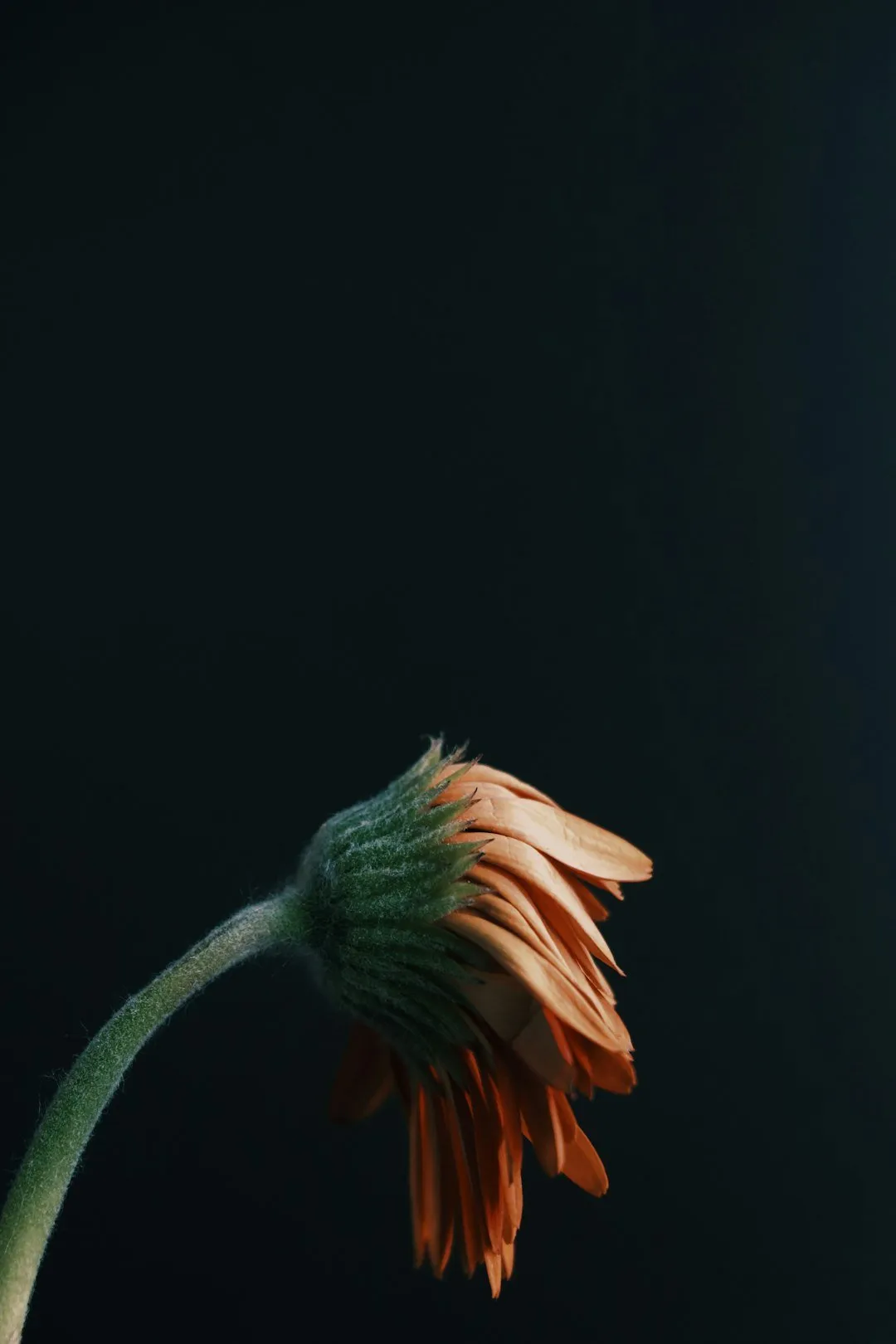Unveiling Anti-Inflammatory Secrets: Red Bali vs Maeng Da Kratom

Inflammation can lead to health issues, and natural remedies like kratom supplements offer potential…….
In the dynamic world of agriculture, horticulture, and specialty crops, two distinct varieties have emerged as powerful players: Red Bali and Maeng Da. This article delves into an in-depth comparison between these remarkable plants, exploring their unique characteristics, global impact, economic significance, and the challenges they present. By examining ‘Red Bali vs Maeng Da’, we uncover insights that are crucial for farmers, researchers, policymakers, and enthusiasts alike. Prepare to explore a captivating journey through the realms of botany, commerce, and cultural exchange.
‘Red Bali’ and ‘Maeng Da’ refer to specific varieties or cultivars of plants, primarily known for their exceptional qualities in the realm of specialty coffee. Both origins have gained international acclaim for producing coffees with distinct flavors, aromas, and unique attributes.
Red Bali: This variety is a hybrid of Indonesian and African coffee species, scientifically known as Coffea arabica. It is named for its red-hued cherries, which mature later than most other varieties. Red Bali is renowned for its full body, rich flavors of chocolate and nuts, and a smooth, creamy texture.
Maeng Da: Originating from Thailand, Maeng Da (Coffea arabica var. cateractae) is highly prized for its robust flavor profile and high caffeine content. The term ‘Maeng Da’ translates to ‘top or best quality’ in Thai, reflecting the exceptional standards this variety sets.
The history of these coffee varieties mirrors the global coffee trade’s evolution. Red Bali, a product of Indonesian breeding programs, was developed to enhance hardiness and flavor. Its introduction diversified the coffee landscape, offering farmers an alternative to traditional varieties. Meanwhile, Maeng Da’s rise in Thailand is tied to local farming practices and a desire for superior quality.
Both varieties hold cultural and economic significance, contributing to the diversity of global coffee production and fostering local pride. They represent the fusion of tradition and innovation in agriculture, captivating coffee enthusiasts worldwide.
The impact of Red Bali and Maeng Da extends far beyond their cultivation regions. Here’s a global outlook:
Several trends are reshaping the global coffee market, directly impacting Red Bali and Maeng Da:
| Trend | Impact on Red Bali & Maeng Da |
|---|---|
| Specialty Coffee Boom: The rise of specialty coffee has fueled demand for unique, high-quality beans. Both varieties excel in this segment, attracting roasters and consumers alike. | Increased cultivation and value at origin. |
| Sustainability Focus: Consumers are increasingly conscious of sustainable farming practices. Organic and fair-trade certified Red Bali and Maeng Da meet these demands, promoting ethical sourcing. | Growing adoption of sustainable cultivation methods. |
| Direct Trade Models: Direct partnerships between farmers and roasters ensure better prices and quality control. This trend empowers local communities and fosters long-term relationships. | Enhanced farmer livelihoods and improved bean quality. |
| Regional Specialization: There’s a growing emphasis on regional specialties, leading to unique coffee blends. Red Bali and Maeng Da contribute to these localized offerings. | Niche markets and premium pricing opportunities. |
The economic landscape of Red Bali and Maeng Da is intricate, involving various stakeholders:
Red Bali:
Maeng Da:
Technological breakthroughs have a profound impact on these coffee varieties:
The future holds immense potential for technological advancements in Red Bali and Maeng Da cultivation:
However, challenges include intellectual property rights issues related to genetic modifications and the need for significant investments in technology infrastructure.
Policies and regulations play a pivotal role in shaping the landscape of Red Bali and Maeng Da:
Indonesia:
Thailand:
Despite their successes, Red Bali and Maeng Da face several challenges:
Case Study 1: Indonesian Red Bali Co-op
In East Java, a group of smallholder farmers formed a cooperative to market their Red Bali beans directly to international roasters. By bypassing intermediaries, they secured better prices and established a premium brand. This success demonstrated the power of direct trade models and farmer cooperatives.
Key Takeaways:
Case Study 2: Thai Maeng Da Research Initiative
The Thai government partnered with local universities to develop new cultivation techniques for Maeng Da, focusing on disease resistance and higher yields. This initiative led to improved farm incomes and enhanced Thailand’s position as a coffee export leader.
Lessons Learned:
The future of Red Bali vs Maeng Da is filled with potential opportunities:
For Farmers:
For Roasters and Traders:
In the ever-evolving world of coffee, Red Bali and Maeng Da stand as testaments to human ingenuity, agricultural prowess, and cultural exchange. Their global impact is a symphony of economic growth, environmental stewardship, and culinary delight. As these varieties continue to captivate coffee enthusiasts worldwide, it’s evident that their future holds immense potential for those who embrace innovation, sustainability, and quality.
Q: What makes Red Bali coffee unique?
A: Red Bali stands out for its late-maturing red cherries, full body, rich flavors (often described as chocolatey and nutty), and smooth texture. It is highly sought after in specialty coffee circles.
Q: Is Maeng Da coffee stronger than other varieties?
A: Maeng Da has a higher caffeine content compared to many other coffee types. Its strength lies not only in caffeine but also in its robust flavor profile, making it a popular choice for those who enjoy bolder coffees.
Q: How do I choose between Red Bali and Maeng Da beans?
A: Your preference should align with your taste. Red Bali is known for its complex flavors, while Maeng Da offers a versatile, robust profile. Consider your brewing method, desired flavor characteristics, and whether you prefer locally or internationally sourced beans.
Q: Are these varieties suitable for small-scale farmers?
A: Absolutely! Both Red Bali and Maeng Da can be grown on a smaller scale with the right techniques and support. Co-ops and direct trade models empower smallholders to access premium markets and improve their livelihoods.
Q: What are some emerging trends in coffee cultivation?
A: Sustainable practices, such as organic farming, agroforestry, and regenerative agriculture, are gaining traction. Urban coffee production using vertical farms and hydroponics is also on the rise, offering new opportunities for both Red Bali and Maeng Da farmers.

Inflammation can lead to health issues, and natural remedies like kratom supplements offer potential…….

Red Bali and Maeng Da, two popular kratom strains, offer distinct experiences: Red Bali for calming…….

Kratom strains Red Bali and Maeng Da offer pain management with distinct benefits: Red Bali for rela…….

Red Bali Kratom offers gentle yet effective cardiovascular support with high 7-Hydroxymitragynine co…….

Sports nutrition specialists explore kratom as a natural supplement for athletic performance and rec…….

Muscle soreness caused by exercise or overuse leads to inflammation and pain. Red Bali kratom has an…….

Red Bali and Maeng Da are Kratom strains known for their contrasting effects on mental focus. Red Ba…….

Red Bali and Maeng Da are two kratom strains with distinct effects: Red Bali offers a calming yet en…….

Red Bali and Maeng Da kratom strains offer distinct energy profiles: Red Bali provides a calming yet…….

Red Bali and Maeng Da offer contrasting experiences: Red Bali calms with mental clarity, while Maeng…….

Maeng Da, a premium Thai kratom strain, offers intense energy boosts and pain relief due to higher m…….

Red Bali and Maeng Da, two Kratom strains, offer athletes distinct advantages. Red Bali aids post-wo…….

Green Vein Kratom Extract stands out from Red Bali and Maeng Da with higher 7-HMG content for a mild…….

Chronic pain, impacting millions globally, requires a multi-faceted approach. Red Bali and Maeng Da…….

Chronic Fatigue Syndrome (CFS) patients explore alternative remedies like kratom for relief. Red Bal…….

Green Hulu Kratom Extract offers a unique blend of relaxation, pain relief, and mood enhancement wit…….

Red Bali and Maeng Da kratom varieties offer distinct recovery advantages for athletes: Red Bali cal…….

Red Bali and Maeng Da kratom strains offer unique advantages for athletes: Red Bali enhances mental…….

Mental toughness is key for sports and daily challenges. Red Bali kratom reduces stress and improves…….

Red Bali and Maeng Da kratom strains offer contrasting experiences: Red Bali provides gentle relaxat…….

Red Bali and Maeng Da kratom strains offer distinct benefits for athletes: Red Bali aids recovery wi…….

Red Bali and Maeng Da kratom strains offer distinct benefits for injury care. Red Bali provides calm…….

Red Bali and Maeng Da kratom strains offer distinct experiences: Red Bali for calming relaxation and…….

Endurance training improves physical resilience through consistent exercise. Kratom supplements, lik…….

Red Bali Kratom from Indonesia offers a unique balance with higher mitragynine and lower 7-hydroxymi…….

Red Bali and Maeng Da kratom strains offer distinct cardiovascular benefits. Red Bali, with higher 7…….

Opioid withdrawal can be intense, but Kratom offers a natural solution with strains like Red Bali an…….

Red Bali and Maeng Da kratom strains offer natural anti-inflammatory relief for chronic conditions l…….

Red Bali and Maeng Da Kratom strains offer unique recovery benefits. Red Bali, rich in 7-Hydroxymitr…….

Red Borneo Kratom capsules offer a premium, consistent experience with rare botanical composition fr…….

Kratom strains Red Bali and Maeng Da offer distinct potential for cardiovascular health, with Red Ba…….

Inflammation, a complex body response that can become chronic and cause health issues, is effectivel…….

Chronic pain, often caused by conditions like arthritis or fibromyalgia, is managed through standard…….

Red Bali and Maeng Da, two popular kratom strains, offer distinct experiences. Red Bali provides cal…….

Purple Vein Kratom varieties, Red Bali and Maeng Da, offer distinct experiences. Red Bali calms and…….

Opioid withdrawal is difficult, but kratom strains Red Bali and Maeng Da offer natural solutions. Re…….

Stress and anxiety are common issues impacting well-being, underscoring the importance of understand…….

Red Bali and Maeng Da, two popular Kratom strains, differ significantly in origin and effects. Red B…….

Muscle soreness after exercise is caused by microscopic muscle fiber damage and lactic acid buildup,…….

Kratom, from the Mitragyna speciosa tree, offers cognitive benefits with strains like Red Bali and M…….

Sports nutrition experts are increasingly turning to Kratom strains like Red Bali and Maeng Da for t…….

Joint pain sufferers seeking natural alternatives find hope in kratom, with Red Bali and Maeng Da st…….

Chronic pain, persisting for months or years, significantly impacts daily life and mental health, of…….

Red Bali and Maeng Da kratom strains offer contrasting experiences: Red Bali is known for its calmin…….

Peak athletic performance requires a strategic balance of macronutrients and micronutrients in your…….

Chronic inflammation, linked to various health conditions, requires careful management. Red Bali and…….

Muscle soreness after intense exercise can be managed with kratom strains like Red Bali and Maeng Da…….

Kratom, a Southeast Asian herb, enhances mental focus through its active compound mitragynine. Red B…….

Muscle soreness after workouts, particularly delayed onset muscle soreness (DOMS), is caused by micr…….

Red Vein Kratom capsules have gained popularity for their convenient dosing and unique properties. T…….